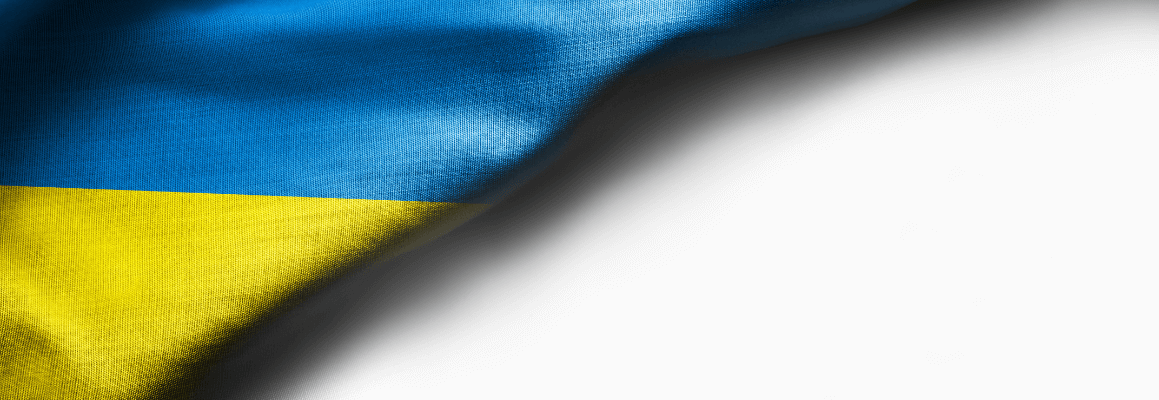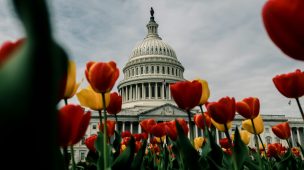Ukraine crisis: Three imperatives for insurers to support the global response
21 March, 2022 Chris Sandilands
It is nearly a month since Russia invaded Ukraine and over two million Ukrainians have since been forced to flee.
The political condemnation has been almost unanimous and rightfully robust, and – perhaps more surprisingly – so has the corporate response. Yale School of Management is updating a list of corporations’ responses and identifies 400 companies that have now suspended or reduced operations in Russia, with more being added every day. Companies on the list include MMC (“Withdrawn”), Generali (“Suspended”) and Allianz (“Scaling back”).
In some ways the insurer response is merely preparing for the inevitable as sanctions start to bite. On 14 March, Russia banned reinsurance cessions to a number of “unfriendly” countries including the UK, US and EU. Russia has been disconnected from Swift making claims payments very hard. The operating headroom has got tight for financial services providers.
In parallel to these moves, many insurers announced aid packages for Ukraine. For example (and these are three examples amongst many) Allianz said it would make up to €12.5m available for humanitarian assistance, AXA has offered €6m and Dutch insurer NN “at least” €1m. Many Central European insurers have announced that home insurance is not negatively impacted by hosting refugees.
Of course, we welcome these donations to humanitarian causes. Oxbow Partners has made a donation of £10k to UNICEF.
However, we suggest that the industry response has lacked creativity and not made use of its unique assets to support Ukraine and Ukrainians. By way of contrast, UK telecoms companies have made calls to Ukraine free – a thoughtful gesture that they are uniquely positioned to deliver.
(Re)insurers should think harder about their unique levers and take a more active role in the amelioration of the impact of this humanitarian crisis. Put simplistically, we believe it is of more benefit to the world if an insurer “loses” €10m supporting Ukraine and Ukrainians through innovative risk pooling mechanisms than if they donate €10m to a humanitarian cause, which any large organisation can do.
We propose focusing on three areas.
1. Be explicit about home insurance coverage if you house refugees
Several European insurers have announced that they want to support families who house refugees. This is obviously commendable. However, we believe that their announcements could be more tailored to maximise uptake of refugee resettlement schemes.
Many of the statements on the matter, particularly in Germany, are rather technical and refer only to the absence of notification requirements. We are not convinced they provide the necessary reassurance. We are surprised that some Central European insurers, for example in Austria, make no reference to refugees on their websites at all.
We believe that Allianz’s UK brand, LV=, has one of the clearest statements on the matter in Europe.
We suggest that insurers provide explicit assurance that home policies cover at least the following risks, ideally without a deductible:
- accidents caused by the refugee-guests, for example a fire started by the incorrect operation of a fireplace or burglary by the failure to properly secure a door
- theft or deliberate acts by refugee-guests, because there will be a few ‘bad eggs’
- liability towards the refugee-guests
We suggest that reinsurers proactively engage with their cedents by reassuring them that they will pay for claims made under these policy extensions.
2. Engage with government agencies to work out how to safeguard Ukrainian industry and supply chains
In our discussions with representatives from the United Nations, we learnt about the “three fs” – food, fuel, fertiliser. Russia and Ukraine collectively account for around 30% of world exports of wheat and barley, 17% of corn and 75% of sunflower oil. Russia and Belarus collectively dominate fertiliser production. Russia’s dominance of Europe’s gas market is well documented. The three fs are what development economists care about. The repercussions of the conflict could be devastating and there is a risk of famine in many parts of the world. Middle Eastern consumers have already seen huge spikes in the price of bread, for example.
Conversely, Ukraine requires fuel and other raw materials to continue functioning. Australia recently announced that it is sending 70,000 tonnes of thermal coal to the country. The question, of course, is how to get it in and the risks are considerable and obvious.
Maintaining production and supply chains to the greatest extent possible is therefore crucial to safeguarding global resilience and avoiding a devastating “butterfly effect”. But all the news at the moment is of insurers and reinsurers backing out of Russia (understandably and rightly) and Ukraine (understandably but unhelpfully). For example, trade credit insurers have withdrawn from Ukraine.
One of the pillars of ESG best practice is to engage with governmental and non-governmental agencies to ensure the alignment of objectives. Until the invasion, this largely revolved around climate topics where insurer engagement could be described as enthusiastic but also plodding. After all, the timeline on climate change and net zero is decades.
We are now in a scenario where timelines are measured in days. Insurers should consider how their assets can support the continuing movement of goods.
We suggest that underwriters should be spending time with governments and organisations like the UN to establish how their capabilities can be brought to bear. If your underwriters are simply managing your exposure, we suggest that they are not doing enough.
Investors should reward insurers who have acted. Insurers should be allowed to report their operating ratio net of special Ukraine-related losses, should this business not be profitable. (This principle is already in force at Lloyd’s through the “innovation” class of business.) In fact, this should be rewarded higher than simple donations in their ESG scoring, even if the Ukraine-related activity was profitable and there was no net donation in the end.
3. Get serious about understanding the identity of your clients
Finally, insurers should update their ESG strategies to include greater scrutiny of who they are insuring. One of the astonishing side-shows of this crisis so far has been the sheer number and size of oligarch yachts that have been uncovered – including a 459-footer likely to be Putin’s.
It should be noted that the “oligarch class” has shifted considerably since the term was coined. In the 90s and 00s, oligarchs were mostly individuals who gained access to failing state assets and – whatever you think of their means – built effective organisations around them. They can claim to have created value. The oligarch class of the 2020s is largely curators of established state organisations or indeed government organisations. The joke doing the rounds is that you no longer become an oligarch, but work as an oligarch.
Despite the stench of corruption or at least unexplained wealth, insurers around the world have been happy to insure UHNW assets from such individuals.
This must stop, and it must stop for the long term even after sanctions are lifted.
But oligarchs are not the only group worthy of sharper diligence. Some Western companies have resisted pressure to exit Russia at this time. Insurers who are serious about the “S” in their ESG policies should consider whether they are willing to extend insurance to them in the future.
Conclusion
ESG has catapulted itself onto insurers’ radar in the last twelve months. The debate has been largely about the industry’s role in building climate resilience – a decade-long endeavour that has often been described as a “tick-box” exercise – and familiar social and governance initiatives.
Russia’s invasion of Ukraine changes the game. Insurers have a unique ability to support the Western response with their risk management and risk pooling capabilities. They should think harder about how they can play a meaningful role. This is not a drill.



